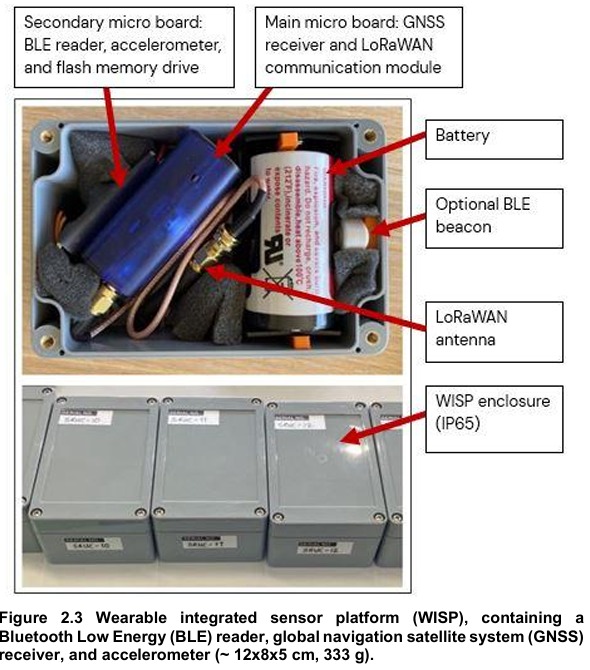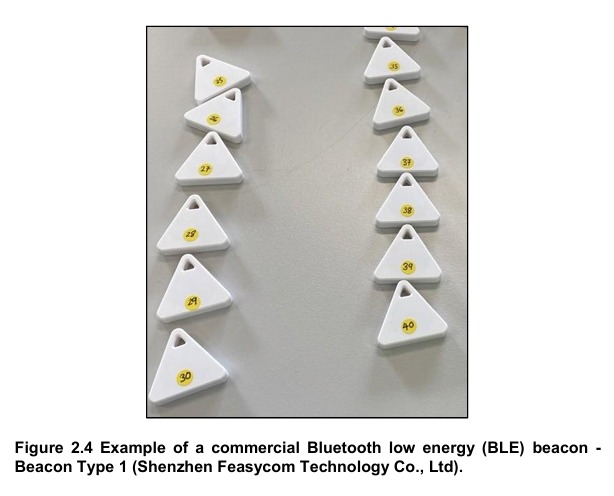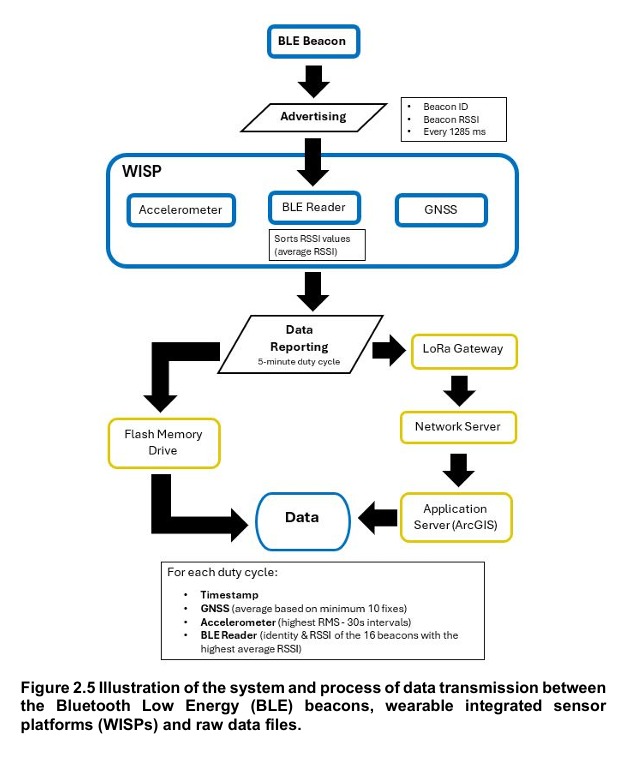A PhD thesis by Aimee May Walker investigates the use of Bluetooth Low Energy (BLE) technology as a precision livestock farming (PLF) tool in extensive sheep grazing systems. The primary emphasis is on the viability of BLE for monitoring sheep location, proximity, and behavioural relationships, especially in outdoor environments where traditional monitoring tools are often impractical.
BLE is highlighted throughout the thesis as a promising candidate for livestock monitoring due to its low power consumption, cost-effectiveness, small physical footprint, and ability to function in outdoor settings. These characteristics make BLE particularly suitable for sheep, which require lightweight and unobtrusive devices.

The research involved developing a prototype BLE monitoring system and testing it in several scenarios. Firstly, signal strength and range were evaluated through calibration studies in outdoor environments, showing that BLE signal strength reliably declines with distance but is significantly affected by factors such as device height and line-of-sight, both of which can vary with animal behaviour. These findings underscore the challenge of interpreting BLE signal strength to accurately determine distance.

BLE was then assessed for its capacity to localise sheep. Using both static and on-animal trials, the technology was able to detect positions within grazing paddocks with a mean localisation error of approximately 19 to 24 metres. This demonstrated technical feasibility but also indicated that a high number of fixed BLE readers would be required for reliable coverage across larger fields, limiting commercial viability in its current form.

A further study evaluated BLE for monitoring contact patterns between sheep, particularly during the lambing and early lactation period. By equipping ewes and lambs with BLE devices, the system successfully tracked interaction patterns over time. BLE data revealed expected social behaviours, such as reduced ewe-ewe interactions around parturition and evolving ewe-lamb contact as lambs aged. Additionally, it detected behavioural changes associated with welfare indicators, such as increased ewe-lamb proximity in lame ewes.